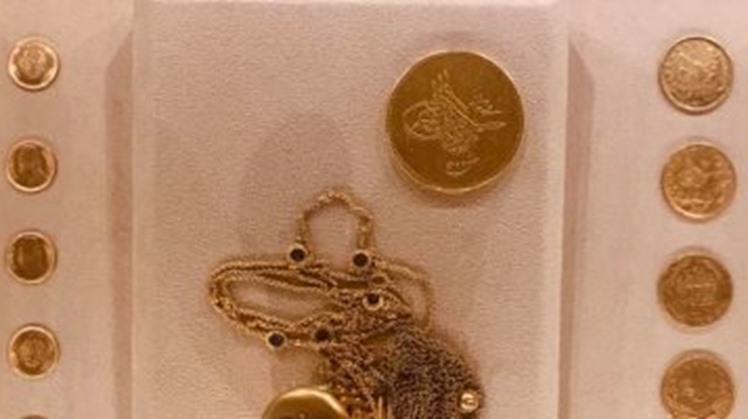The Royal Jewelry Museum in Alexandria includes collections of souvenir bronze, silver, and gold coins, in addition to a group of gold money bags belonging to King Farouk and Prince Youssef Kamal, where they were used to store coins and they are inlaid with precious stones such as red rubies, diamonds, and exhale, but the Jewelry Museum reminds us of a history and story The Egyptian pound and how the currency developed in Egypt, and this is what we will review in the coming lines.
The story of the Egyptian pound
The story of the Egyptian currency started with Muhammad's assumption of the rule of Egypt in 1805, where coining was considered one of the priorities of reforming the economic affairs in Egypt when he set up the "Dar Al-Sakk" in the castle, which was renewed several times during his reign, and the currency in circulation was then the shark and the righteous In 1834, he issued a decision stating that the "pierced" riyal, made of silver, was a unit of money, valued at 20 piasters, as the era witnessed the first coinage of the pound.
In the era of Khedive Muhammad Said, where his era witnessed the issuance of the first coin bearing the name of the ruler of Egypt in 1862, but he died before its arrival in Egypt, then came after Khedive Ismail where he witnessed the issuance of commemorative coins minted in France on the occasion of the opening of the Suez Canal and was traded alongside the Ottoman money. Franc, text franc, and baresa. "
In the era of Khedive Tawfiq, as his era witnessed a great development in the Egyptian monetary movement despite the English occupation, in 1885 he issued a decision to unify the currency in Egypt, where he divided the pound into 100 piasters, ten piasters and five piasters to be more expensive than his gold counterpart.
Then came Khedive Abbas Helmy the second, and Egypt witnessed the most important economic event by having a national currency and the Egyptian paper pound goes out to exist after Egypt had currencies from all over the world, so he entrusted Monsieur Raphael Soares with the task of establishing the National Bank to become the bank of the Egyptian government on June 25, 1898 which By issuing a banknote, the announcement of the birth of the Egyptian pound was January 5, 1899.
Then came the pound of Sultan Hussein Kamel, who was the most powerful currency in the world, and after him the pound of King Fouad, who fell in front of the pound of gold due to the war and the collapse of the global economy, then the pound of King Farouk, who lost to the pound of gold because of World War II, but remained the most powerful currency in the world.
 Sun, Jun. 7, 2020
Sun, Jun. 7, 2020